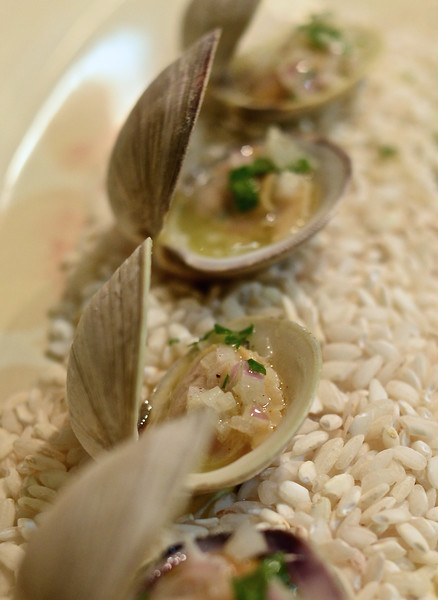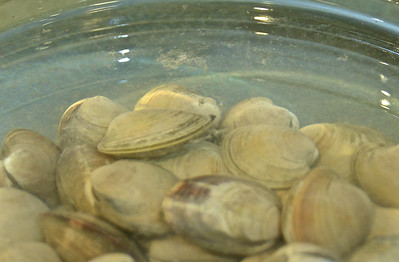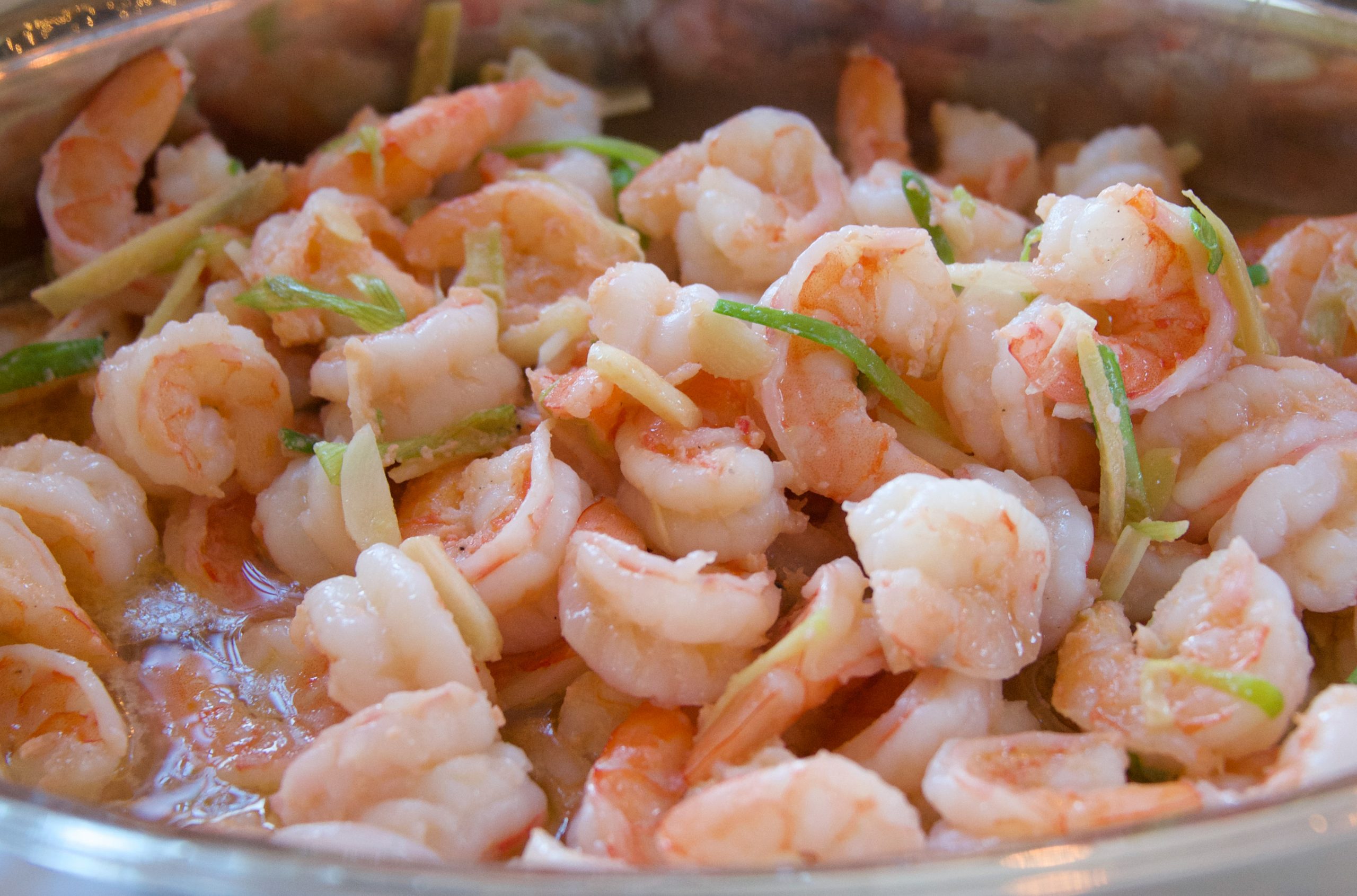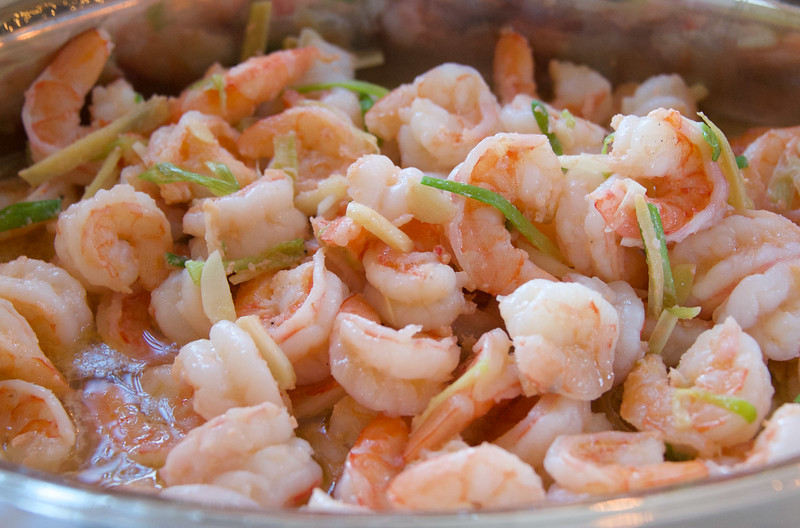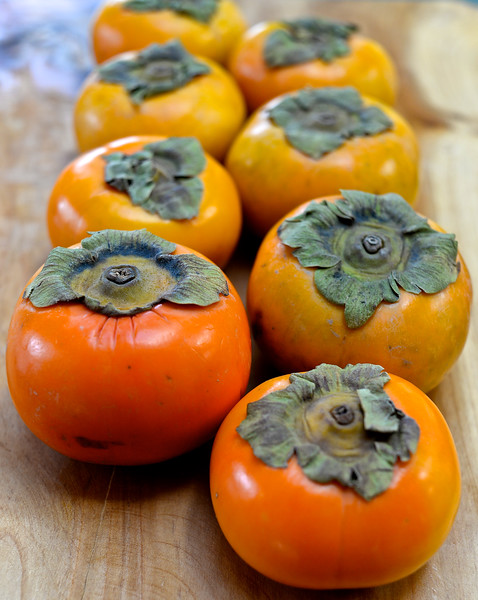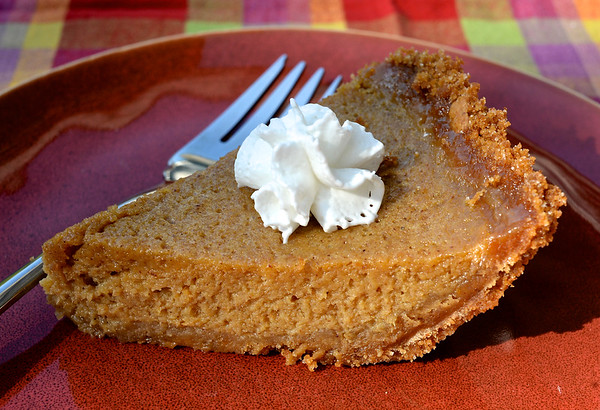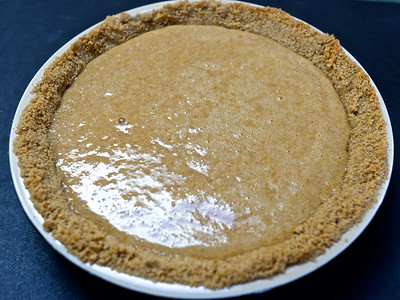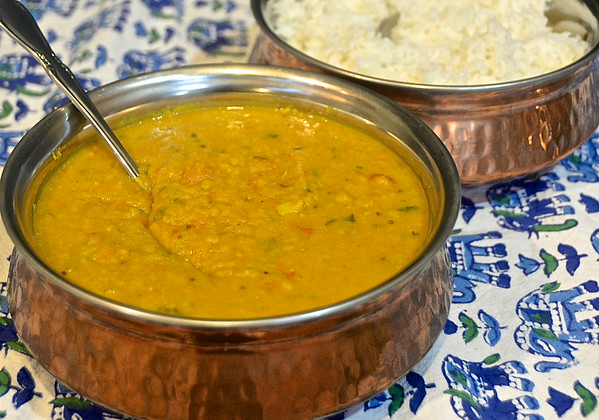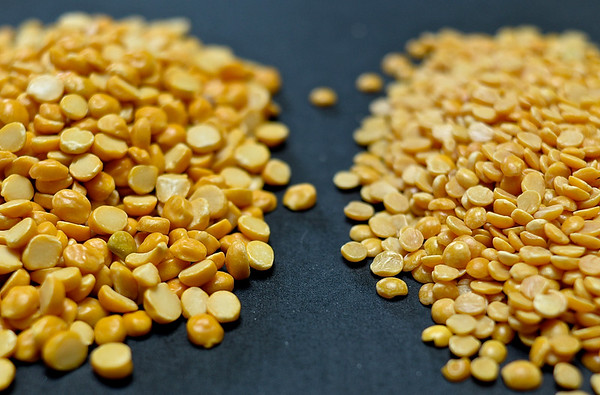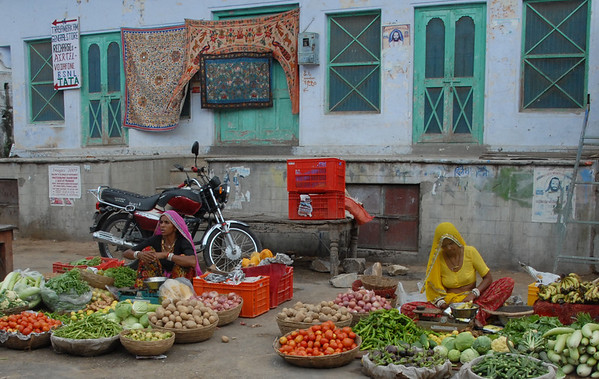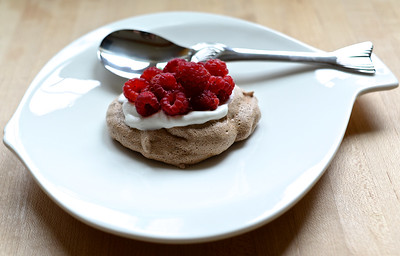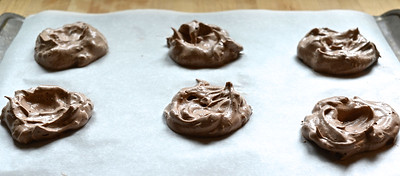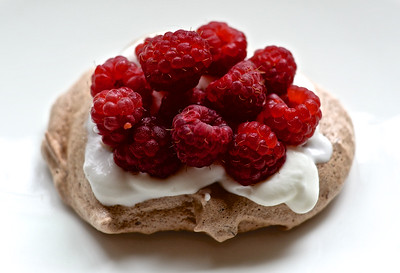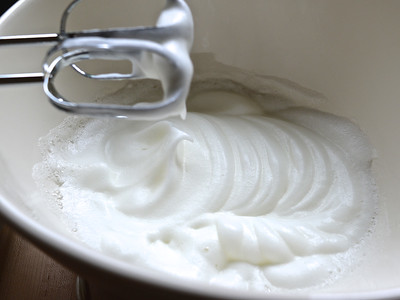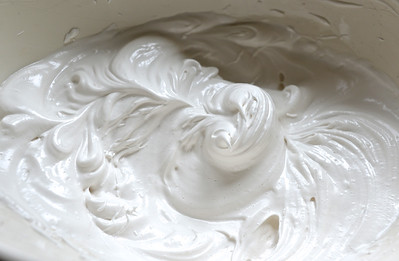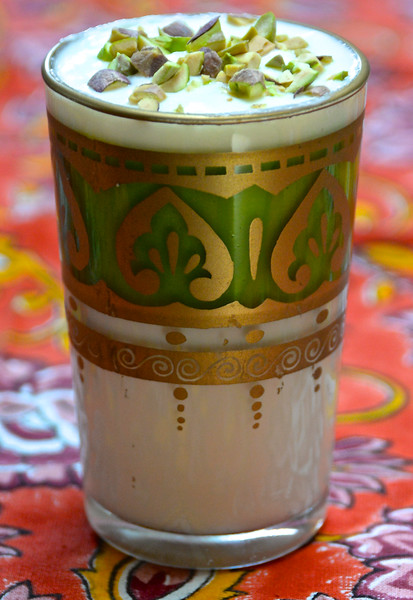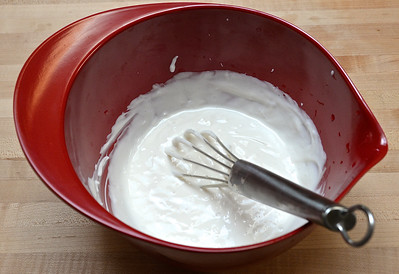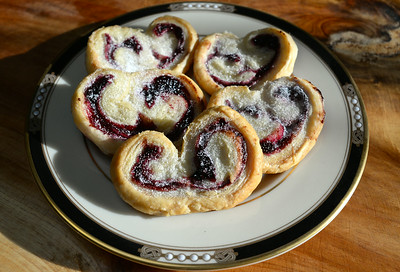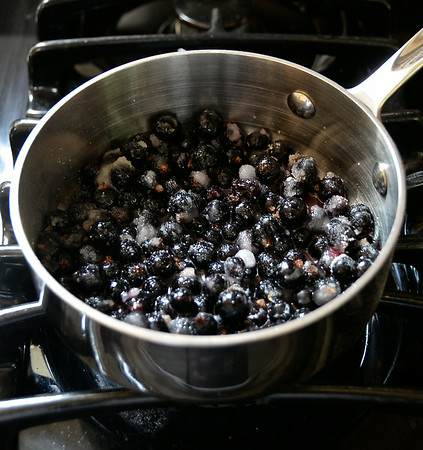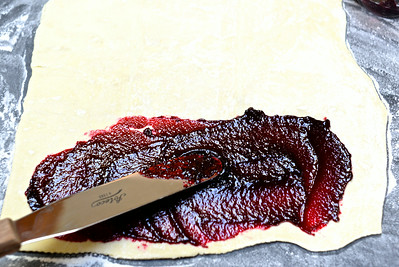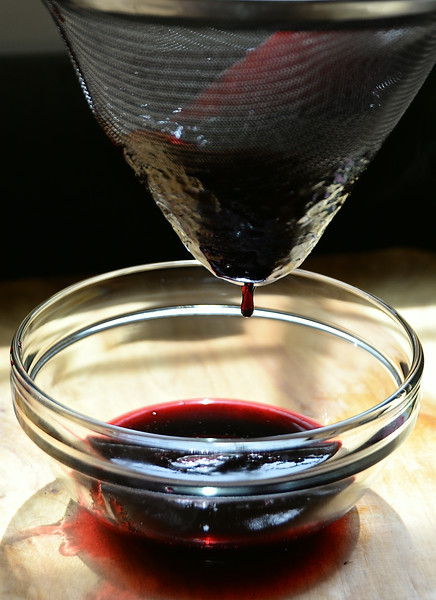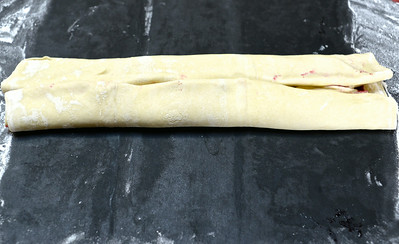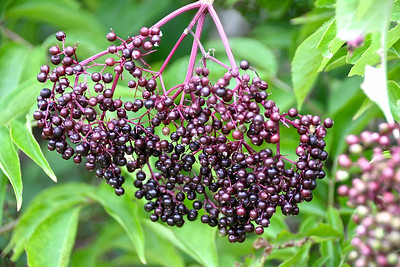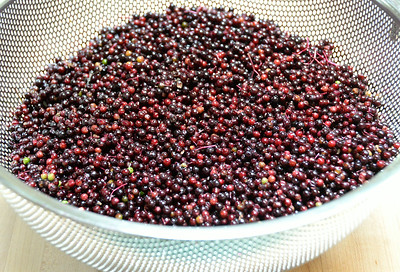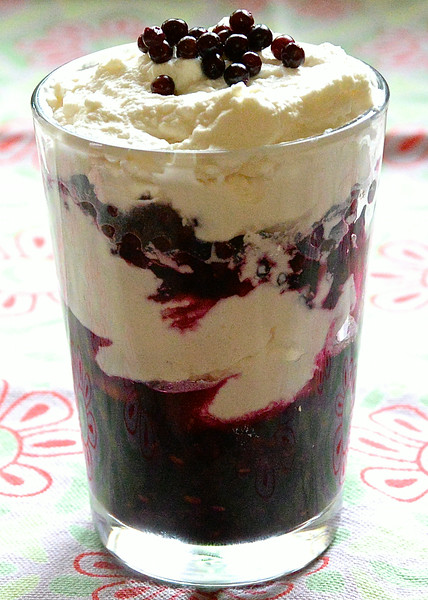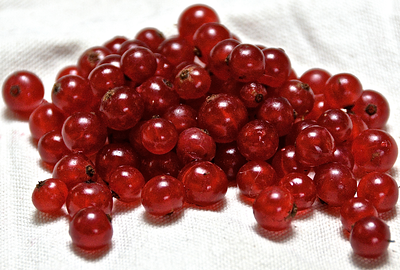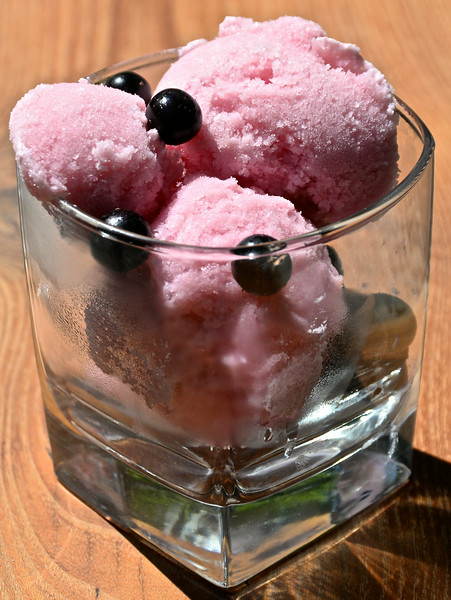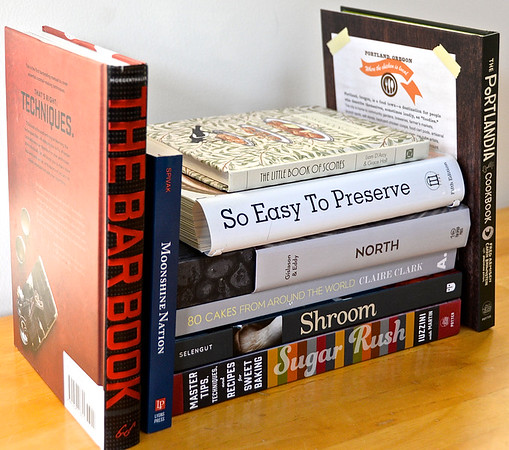 It’s that time of year again, time for my rundown of good books for food lovers and cooks. Among 2014’s recommendations are three sweets-oriented cookbooks, two boozy books, a tome dedicated to Nordic cuisine, another focused on preservation and one devoted to mushrooms. Capping off the list is a quirky and humorous general purpose cookbook. So, without further introduction, here are my favorites of 2014.
It’s that time of year again, time for my rundown of good books for food lovers and cooks. Among 2014’s recommendations are three sweets-oriented cookbooks, two boozy books, a tome dedicated to Nordic cuisine, another focused on preservation and one devoted to mushrooms. Capping off the list is a quirky and humorous general purpose cookbook. So, without further introduction, here are my favorites of 2014.
80 Cakes from around the World by Claire Clark (Absolute Press, 2014)
Fans of baking, world travel and food histories will especially enjoy Claire Clark’s colorful dessert book. It includes traditional recipes for Irish barmbrack, Hungarian dobos torte and Dutch apple cake as well as modern takes on French croquembouche, American doughnuts and Polish beetroot cake. Historical accounts and photographs enliven every sweet.
The Little Book of Scones by Liam D’Arcy and Grace Hall (Random House UK, 2014)
Possessing the tagline “meet the 21st-century scone,” D’Arcy and Hall’s slender cookbook introduces readers to 30 contemporary scone creations. Basil and salt dip scone sticks and red velvet scone fancies are among the savory or sweet recipes on offer. Illustrations and music suggestions accompany the treats.
North by Gunnar Karl Gislason and Jody Eddy (Ten Speed Press, 2014)
Fifteen years after traveling through Iceland, subsisting on toasted cheese sandwiches and the odd fish dish, I have fallen for North: The New Nordic Cuisine of Iceland. Part sumptuous culinary travelogue, part innovative cookbook, this first-time offering from acclaimed Reykjavik chef Gislason showcases his country’s fresh cuisine and proves to me that the country offers more than toasted cheese. Featuring dishes such as Smoked Haddock, Dark Cod Consummé, Raw Vegetables and Yesterday’s Bread and Crispy Oats Cooked in Beer with Malt Cream, North is as gorgeous and unusual as Iceland itself.
Sugar Rush by Johnny Iuzzini and Web Martin (Clarkson Potter, 2014)
James Beard Award-winning pastry chef Johnny Iuzzini takes readers step-by-step through over 150 delectable sweets. Ranging from such dessert basics as caramelized fruit, toasted nuts and candied peel to fancier fare such as sticky caramel date cake and smoky chocolate-ginger ganache tart, Sugar Rush offers something for every level of home baker. A clever final chapter pulls recipes together and builds “a balanced dessert.” Truly a tasty, thorough and balanced cookbook.
The Bar Book by Jeffrey Morgenthaler and Martha Holmberg (Chronicle Books, 2014)
From famed Portland bartender and cocktail blogger Jeffrey Morgenthaler comes this comprehensive look at cocktail making. Covering essential tools, techniques, ingredients and recipes and with ample illustrative photos, The Bar Book guides readers through creating over 60 fabulous drinks. Whether you’re interested in setting up a well-stocked home bar or making a better cocktail, this book will satisfy all your mixology needs.
Shroom by Becky Selengut (Andrews McMeel, 2014)
Because I’d interviewed the author and reviewed Shroom for Zester Daily, I’ll pass along the link to that piece.
Moonshine Nation by Mark Spivak (Lyons Press, 2014)
The only food history/narrative to make the list, Moonshine Nation gives a fascinating account of that outlaw spirit, moonshine, and the renegades who made, and continue to make, it. Well-researched and written, this culinary history will keep readers captivated from beginning to end.
So Easy to Preserve by the University of Georgia Cooperative Extension (University of Georgia, 2014)
Long before today’s preservation craze, the University of Georgia’s Cooperative Extension produced this detailed yet approachable guide to preserving food. Now in its sixth edition (I own and have pictured the fifth edition from 2006), this user-friendly book takes readers through pickling, canning, curing, drying and freezing produce, dairy products and meats. It’s a must-have for anyone interested in preserved goods.
We could all use a little more levity in the kitchen. That’s why I’ve included a less serious choice for your holiday shopping list. It’s The Portlandia Cookbook by Fred Armisen, Carrie Brownstein and Johnathan Krisel (Clarkson Potter, 2014).
Whether your gift recipients cook, adore Portlandia or just love a good laugh, they’ll appreciate this fun-loving cookbook. Recipes range from simple baked Manchego-filled dates to the more complex Korean short rib stew.
As always, I have to plug my own seafood cookbook Fish Market (Running Press, 2013). For more information about it, visit FishMarketBook.com, Amazon or your neighborhood bookstore.
